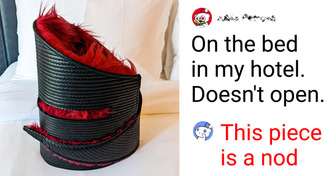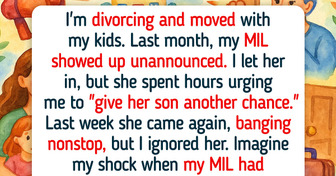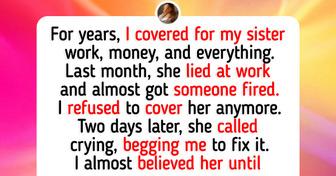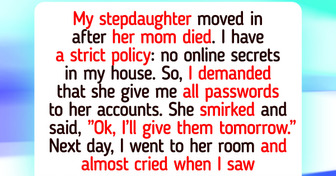The 10 Most Beautiful Women in the World, According to Thousands of People

Curiosities
2 years ago
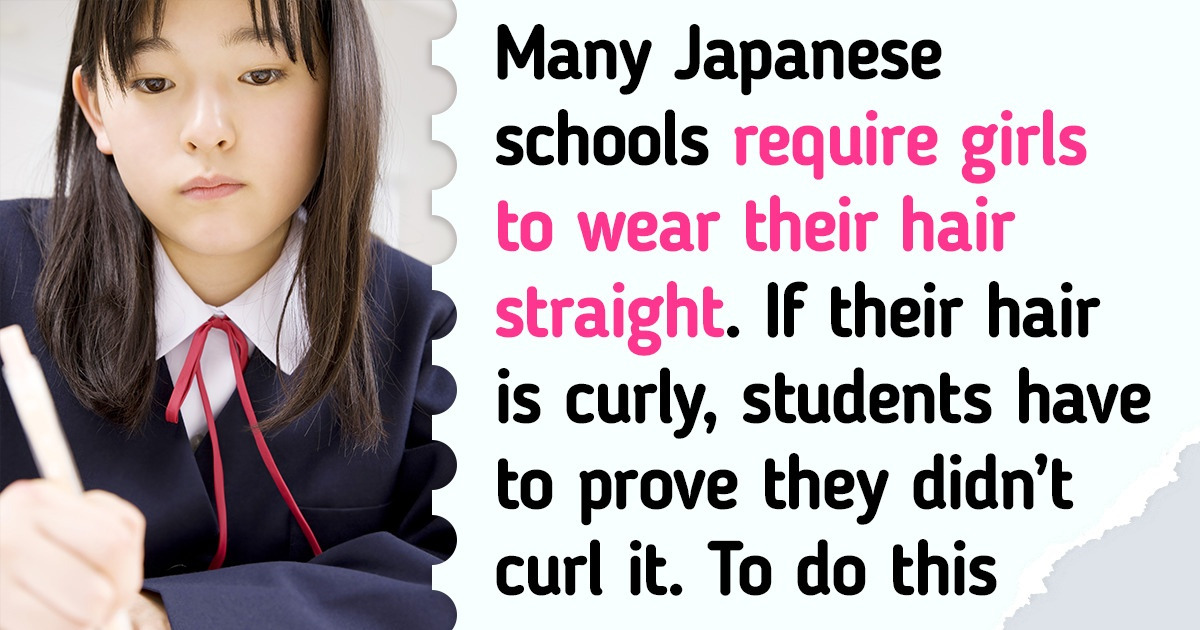
Japan is a country with many surprises. Even the learning process there doesn’t start in the fall: Japanese students start school in April and take a break in March. But this is not the only aspect that seems odd when it comes to their education system.
We decided to learn more about how the Japanese live. And at the end of the article, there’s a bonus proving that this country has a lot of unusual school rules.
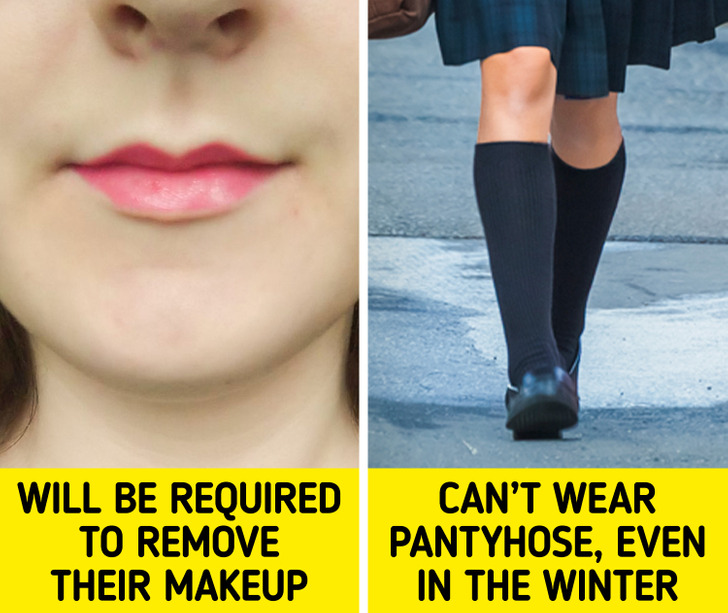
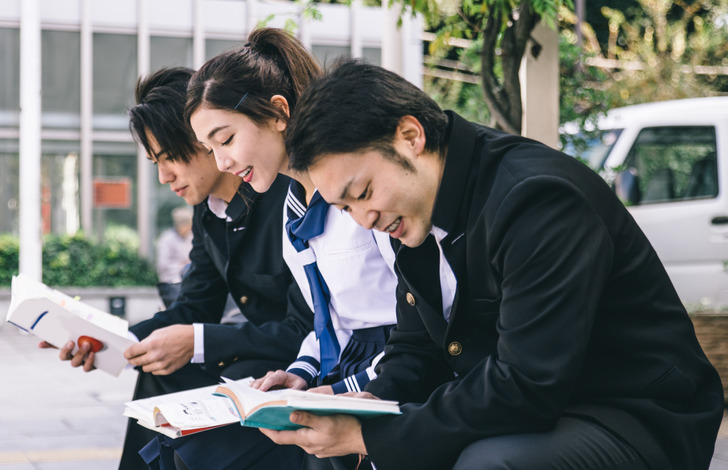
“My daughter brought an eraser, but in her Japanese school, she wasn’t allowed to use it because it’s not white.”
You can also check our other articles about Japan:

